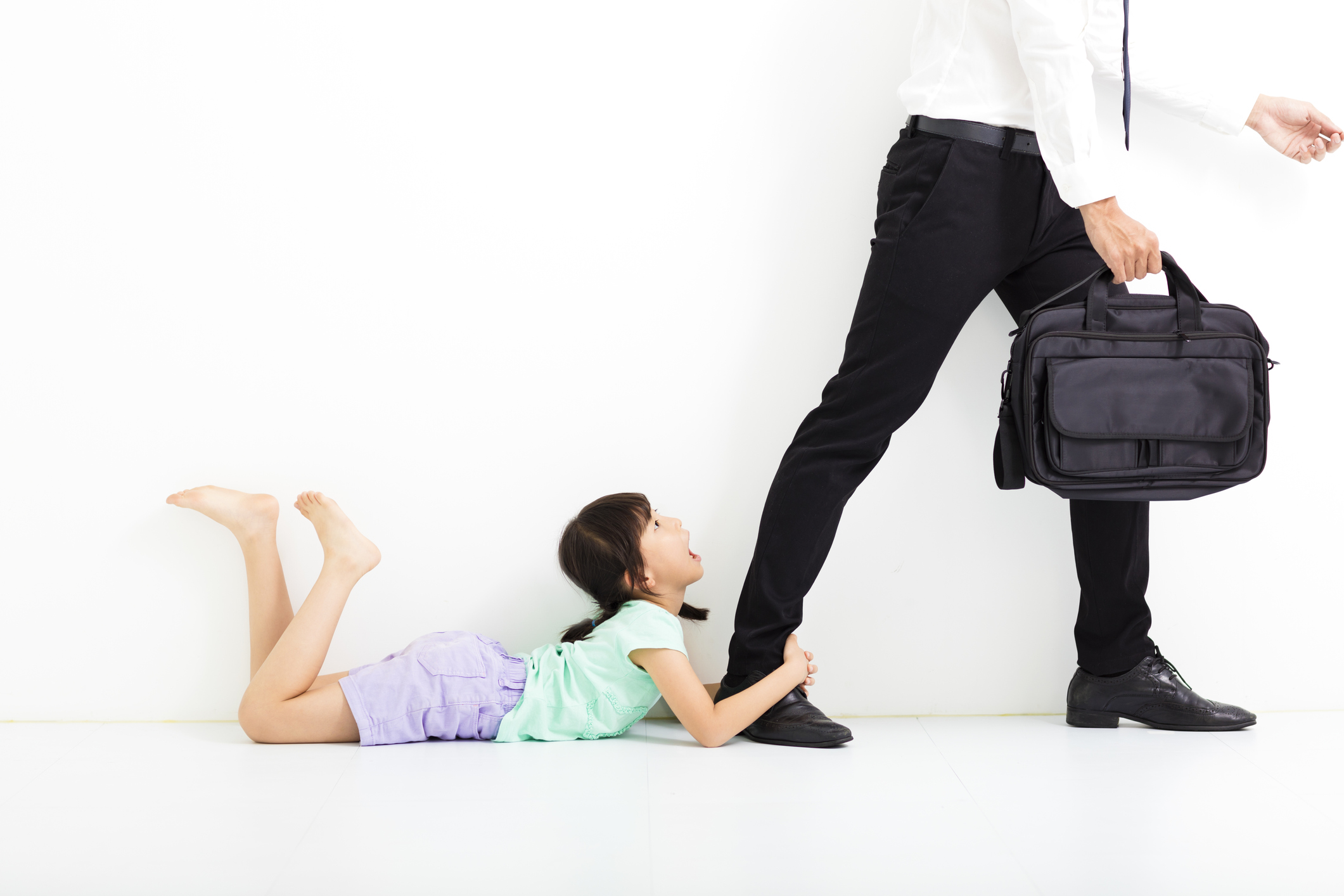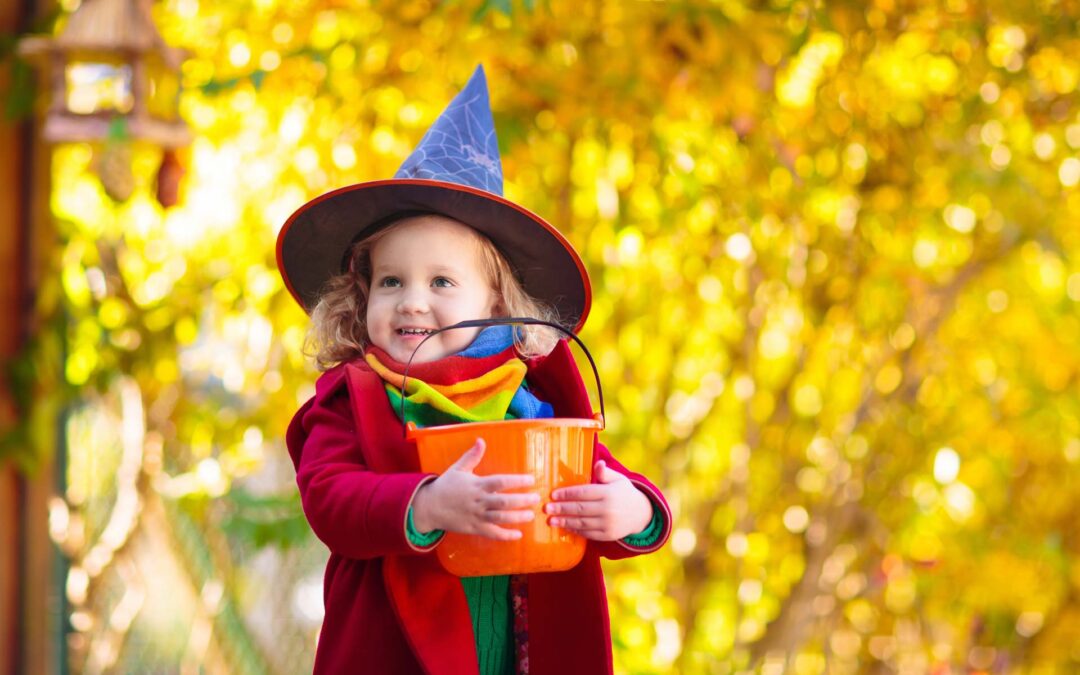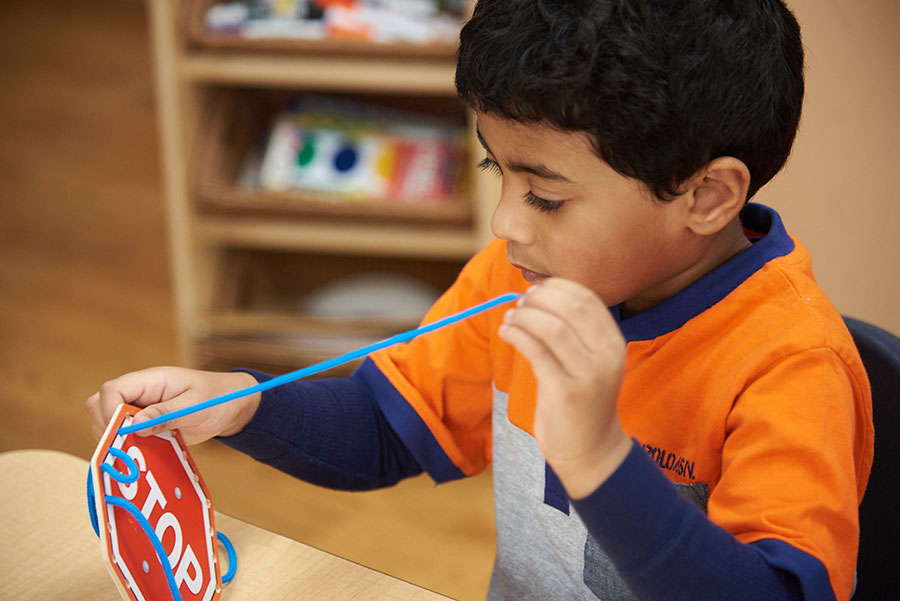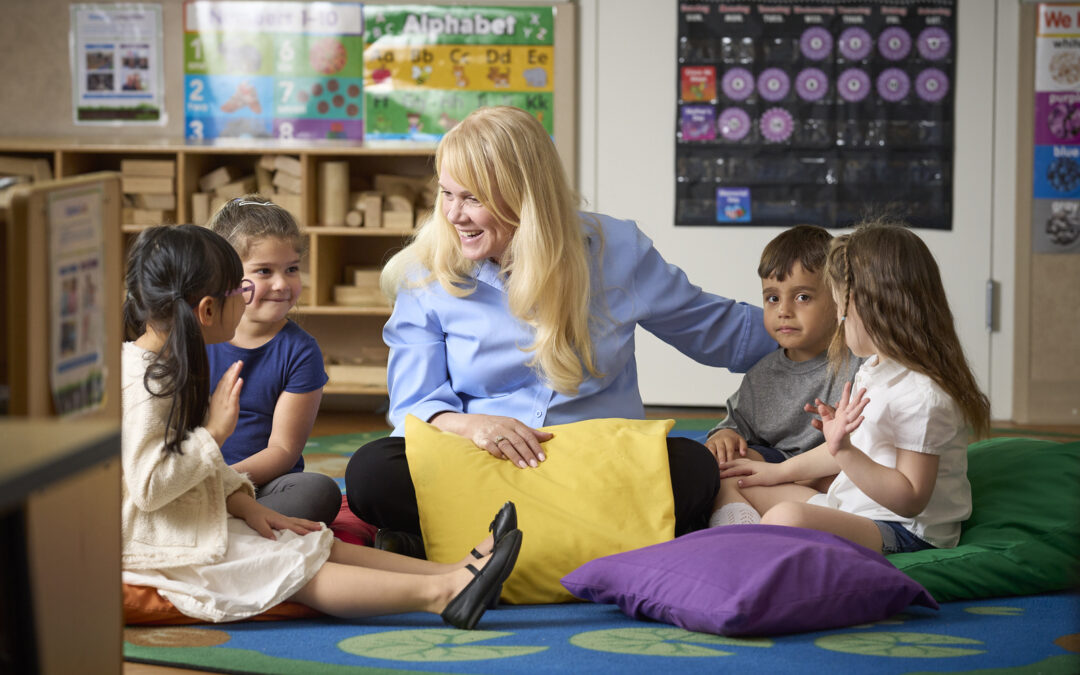Lightbridge Academy President and COO Gigi Schweikert provides tips for parents as they support children transitioning from home back to school.
Parents and children across the country are understandably experiencing quarantine fatigue. They’ve been cooped up at home for months and isolated from friends and even extended family members. Many parents who are balancing the professional responsibilities of working from home with the round-the-clock coordination of their children’s education, meals and recreation are eager for camps and child care centers to reopen.
While many parents and children are eager to get back to normal as soon as possible, the truth is that “normal” is going to look different as schools, child care centers and offices reopen. Administrators will need to follow enhanced health and safety protocols, practices and recommended guidelines from the Health Department and the Centers for Disease Control and Prevention (CDC). This will greatly impact your child’s experience.
Fortunately, there are several ways to help ensure a smooth back-to-school transition for both children and parents. Here are a few tips to navigate this new chapter.
Review the changes being made
Lightbridge Academy has created a video directed to children returning to the center and other materials for parents to review on the changes they can expect to experience moving forward. For one, students will be dropped off at the entrance and go back to their classroom with their teachers instead of their parents. It is comforting for a parent to explain this in advance so the child is not caught off-guard and they know what to expect in advance. Reassure them that it’s a positive change. Use phrases along the lines of “You get to go in like a big boy!”
Children will also get a temperature check upon arrival to ensure they do not have a fever. Reassure them with phrases like “All our friends are practicing healthy habits just like you!” Also, if your child often brings a special soft toy, find a place in the car for it to “wait” for them as they will not be able to bring it to school with them, in order to inhibit the spread of germs.
Of course, there will be masks, which might be strange to children who haven’t really ventured outside over the past few months. Teachers and administrators will be wearing masks and parents will be required to wear masks during pick-up/drop-off. Your child may want to wear a mask and if they are over the age of 2, you could find a cute design that they would enjoy.
Explain to your children that these masks are to help keep everybody safe and why it is important not to play with it. Make sure they see you with the mask on prior to drop off if they haven’t already to help them feel comfortable and adjust.
Prepare for separation anxiety
It may seem like everyone is eager to escape their houses and get some respite from an abundance of togetherness, but children may still experience separation anxiety when their schedules are changing and they feel uncertain about what to expect. Infants and toddlers may not remember some of their caregivers and might be nervous as they get reacquainted. Three-year-olds and four-year-olds are more likely to remember their teachers and classmates, but the amount of time that has transpired since they last saw them is still significant. Either way, talk to your child about going back to child care. Show them pictures or videos from their class, and talk about seeing their friends. Ask them how they feel about it, and even encourage them to draw you pictures that portray their feelings. This will help them process their feelings and prevent being surprised.
Be confident and reassuring
As parents, we don’t always realize that our children might be absorbing any anxiety we ourselves might be feeling. Just watching the news can make us anxious, and our children can easily feed off of this emotion. Plus, little ones often take things quite literally. They might hear a parent say “I lost my job” and reply with “I’ll help you find it!” It’s our responsibility as parents to reassure our children as best as we can about what’s going on around them and what they should say and do – and maybe shouldn’t say or do – in certain situations.
Confirm that you’ll miss them
Let’s just admit it: This has been a stressful time. Many parents have lost their jobs. Those with jobs have had to to juggle their work responsibilities along with caring for their child and educational activities. The days have been long and the babysitters nonexistent.
That being said, there have been bright spots over the past few months. No commuting time and major quality time with your kids that you otherwise would not have enjoyed. True, there may have been tears and fights and fatigue over educational activities and diaper changes, but there were also lots of cuddles, movie nights and games. Your kids have literally been growing up in front of your eyes.
To this end, talk to your kids about how much you’ve loved spending so much time together. Let them know how much you’ll miss them. Give them a family photo they can keep in their cubby. Show them all the photos you have of them on your phone and assure them you’ll look at the photos throughout the day. Above all, remind your child that you’ll see them very soon and will pick them up at the end of the day.
Get excited!
Don’t forget to focus on the positives: It’s back-to-school time! Yes, everyone might need to get their temperatures checked and may have to follow new procedures, but it’s still an exciting start to a new school year. Parents can receive the support they need and children can get back to a routine. Learning and beginning a new educational journey. Having fun with their friends and even make some new ones. They can play and run and shout in a safe and fun environment that’s designed especially for them. Above all, everyone will have a chance to miss each other again.
Transitioning back to work and child care is going to be exactly that, a transition, but by respecting the new protocols that need to be followed, talking through feelings and, above all, showing excitement for the return to friends and teachers, parents can help ensure that children have a great back-to-school experience.






